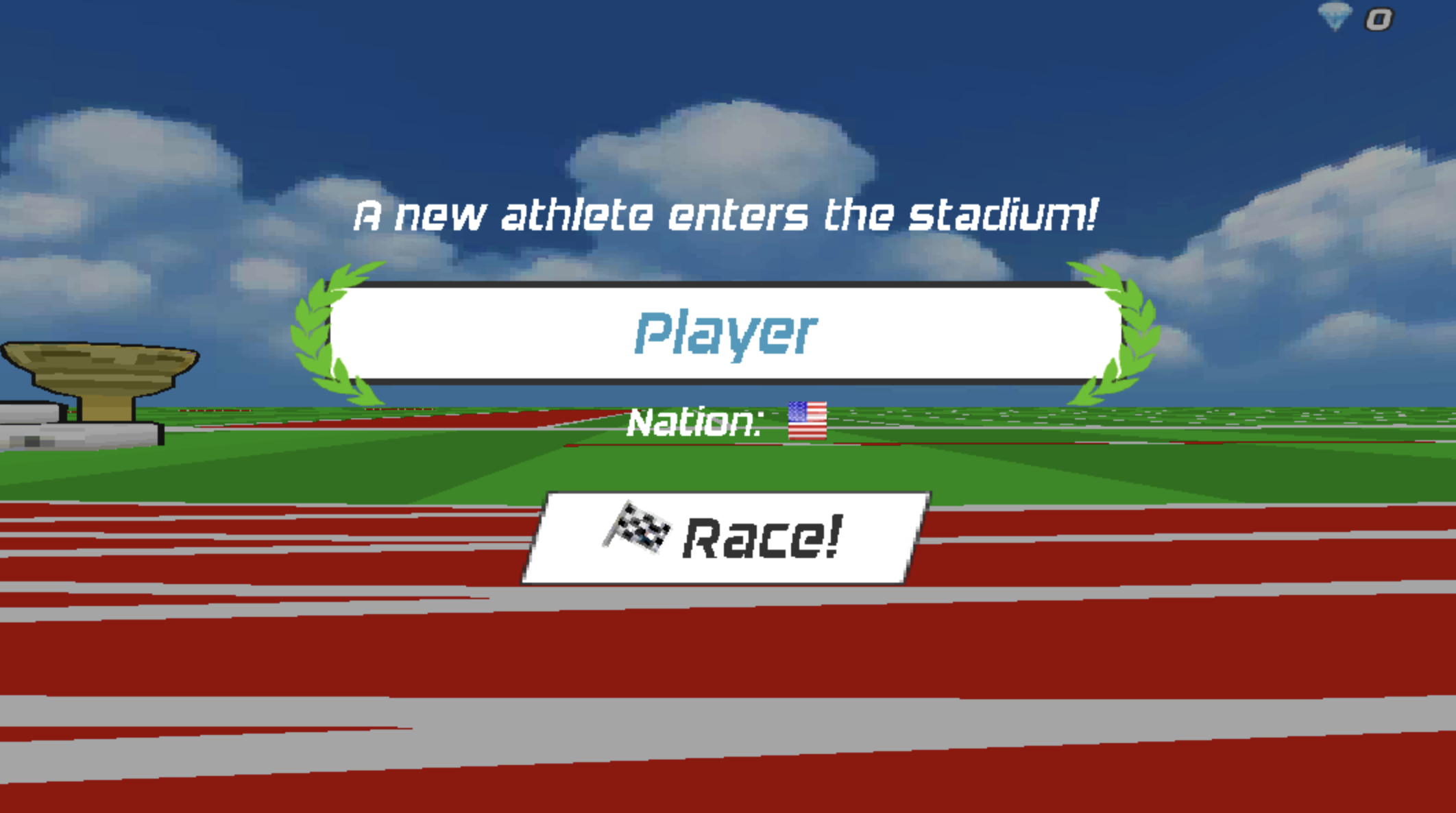Spam your way to steadier wave control
Build speed and consistency for tough wave sections: drill spam corridors, track CPS in real time, and restart instantly—perfect micro-sessions for demon-level preparation.
Keep exploring
Keep your night shift energy up with more browser horror, tense escape rooms, and quick palate cleansers we trust.

Untime
Untime

Play Fireboy & Watergirl: Forest Temple in Your Browser
Play Fireboy & Watergirl: Forest Temple in Your Browser

Your routine is the experiment
Your routine is the experiment

All elemental shrines in one seamless quest
All elemental shrines in one seamless quest

Play BLOODMONEY2 in your browser
Play BLOODMONEY2 in your browser

Assemble Chiikawa & friends from fading clues
Assemble Chiikawa & friends from fading clues

Check the box—then survive the chaos
Check the box—then survive the chaos

Lock the Rhythm — Break the Tape
Lock the Rhythm — Break the Tape

Take Care of Your Own Burning Spice | Cozy Cookie Run Pet Sim
Take Care of Your Own Burning Spice | Cozy Cookie Run Pet Sim

Drift, tune, and rule the neon streets
Drift, tune, and rule the neon streets
Train wave timing without launching the full game
Sharpen rapid tapping for precise wave control
This focused trainer isolates the most demanding part of the broader arcade platformer experience: holding a crisp, repeatable rhythm while navigating a narrow corridor that squeezes from both sides. Instead of loading long levels or replaying intros, you jump straight into short, escalating drills built to raise your clicks per second, stabilize cadence, and reduce hand tension. That tight loop—attempt, fail, restart in an instant—lets you accumulate far more quality reps per minute than a typical full-level grind.
The ship reacts the moment you press and release. Quick pulses lift and fall in a snappy arc, and the margin for error shrinks as you progress. Each drill emphasizes clean input over brute force, teaching your fingers to produce even, low-variance bursts under pressure. Whether you favor a mouse or a keyboard, the trainer respects your setup so you can practice exactly how you play elsewhere.
What makes this trainer efficient
Three ingredients drive the gains here: variety, immediacy, and feedback. Variety comes from multiple drill lanes, starting with gentle slopes that welcome warm-ups before pushing toward tight zigzags that demand unwavering rhythm. Immediacy comes from zero downtime—missing a line or clipping a wall resets the run at once, so you return to the exact challenge while the feel is still fresh. Feedback arrives through live CPS readouts and visible run stability, helping you correlate how pacing changes influence survival time. Together, these pieces convert every minute into measurable progress.
How to structure your practice sessions
If you’re new to high-frequency tapping, begin with 5–10 minutes of lighter corridors. Think of this as calibration: relax your shoulders, rest your forearms, and find a breathing pattern that doesn’t fight your hands. Your goal is to minimize oscillations in tap spacing. Consistent micro-bursts keep the ship centered; jittery bursts create wobble and make the edges feel like magnets. Once your rhythm evens out, shift up to mediums and then one or two rounds of extreme segments. End the session by dropping back down a difficulty notch to reinforce control with reduced stress.
Veterans can invert that sequence. Hit one quick warm-up to wake the hands, then take two or three serious shots at a brutal corridor while you’re fresh. After each attempt, scan the CPS indicator and ask one question: am I overspeeding to compensate for late releases, or am I underspeeding and forcing long holds? The answer dictates your next adjustment. Finish with a medium lane focused solely on smoothness—no flailing for saves, just clean arcs.
Mouse vs. keyboard: choose and commit
Both inputs work, but they feel different. A mouse click often provides crisp travel and a defined actuation point, which can help you maintain micro-bursts without bottoming out. Keyboards offer larger surface area and multiple finger options; some players prefer alternating fingers to reduce fatigue on longer runs. The crucial step is to mirror your main setup: polling rate, debounce behavior, desk height, and chair position. Consistency in environment translates directly to consistency in rhythm.
Technique cues that reduce errors
Anchor the wrist lightly. Resting your wrist or forearm stabilizes the hand and reduces unwanted lateral motion. Too much pressure, however, slows releases; aim for relaxed contact.
Shorten the motion. Whether clicking or pressing, think of the input as a vibration rather than a full stroke. Short travel equals faster up-down cycles, which translates to more room to correct in tight spaces.
Breathe on a count. Try inhaling for two seconds, exhaling for two, and let the fingers run independently. Holding your breath tightens muscles and subtly desyncs timing.
Listen for evenness. If your taps sound like gallops—da-DA, da-DA—you’re alternating long and short gaps. Aim for a metronome feel: steadily spaced ticks that generate symmetrical arcs.
Using real-time feedback wisely
The CPS display is a guide, not a scoreboard. Many players chase ever-higher numbers and end up spamming too fast, then compensating with long holds that distort the ship’s path. A healthier approach is to identify a comfortable CPS band that produces a centered wave at your target difficulty. Lock that band in first. Later, explore small ranges above and below it to learn how corridor shapes respond to slightly different paces. Over time you’ll build a mental map: this slope likes 8–9 CPS with tiny holds, that zigzag needs 10–11 with crisp releases, and so on.
Drills that build transferable skill
Warm-up glide: A gentle, wide corridor asks for predictable pulses and relaxed breathing. Stay in the center using the least effort possible. The objective is confidence, not speed.
Tempo ladders: Start slow for five seconds, then nudge the pace up every two seconds without losing smoothness. This trains fine control over frequency changes you’ll encounter in mixed layouts.
Stability holds: Maintain a fixed vertical band for as long as possible. Watch the ship’s amplitude; if the peaks begin creeping upward, your releases are late. If valleys deepen, you’re overshooting on the down phase.
Crash-and-reset sprints: For 20–30 seconds, push difficulty high and accept frequent fails. The point is to normalize instant resets so frustration never compounds. Many small exposures train resilience faster than one long, tense run.
Endurance without strain
Long sessions can help, but avoid white-knuckle marathons. A productive rhythm is 5–8 minutes on, 1–2 minutes off. Shake out your hands, roll your shoulders, and sip water. If you notice accuracy dropping while CPS rises, that’s usually fatigue masquerading as effort—take the short break, then return with cleaner timing.
Troubleshooting common sticking points
“I wobble at the same spot every time.” Record a mental snapshot of your CPS at that moment, then deliberately lower it by a fraction for two attempts and raise it for two. One setting will immediately feel less wobbly; lock that in and practice just the lead-in to that section.
“My hands cramp during fast spam.” Check grip pressure. If the mouse feels welded to your palm or your thumb is pressing hard into the side, you’re wasting energy. Loosen up, shorten each click, and consider alternating fingers on a key if you’re using a keyboard.
“I panic after a near-miss.” The fix is planned recovery. Choose a two-beat breathing cue or a fallback CPS count you can trigger on command. The instant you clip a pixel but survive, engage that recovery pattern and prioritize staying centered over chasing speed.
Turning practice into results
Consistency is the bridge between drills and actual clears. Treat each corridor like a skill checkpoint: once you can repeat a clean run three times in a row, step up the difficulty one notch or introduce a small constraint, such as keeping the ship within a tighter vertical band. These micro-challenges prevent plateau and simulate the escalating pressure of real stages, where the penalty for a single lapse can be huge.
Quality-of-life touches you’ll notice
Instant restarts eliminate menus and dead time. The interface surfaces information you care about—current pace and survival feedback—while staying out of your way. Input flexibility means you can train with your daily driver mouse, a lightweight alternative, your laptop trackpad in a pinch, or your preferred keyboard switch type. Because the loop is short and focused, it fits almost anywhere in your schedule: a two-minute burst between tasks, or a deliberate 20-minute block before tackling a difficult sequence elsewhere.
Build a sustainable routine
Small, regular sessions outperform occasional binges. Aim for a daily streak of short practice blocks and note one takeaway after each: a pace that felt stable, a grip adjustment that eased tension, or a breathing cue that rescued a wobble. Those notes compound into reliable instincts, and reliable instincts are what carry you through the tightest corridors.
Ready to train?
Load a warm-up lane, settle into relaxed posture, and let your taps become even and light. Watch the live CPS as a reference, not a mandate, and keep resets effortless. With steady repetition, you’ll feel the ship respond more predictably, and the cramped spaces that once felt impossible will start to open up. When you return to longer stages, that steadier rhythm goes with you—making tough sections less about luck and more about control.
Share Spam your way to steadier wave control
Spread the word, invite friends, or bookmark this page to revisit the story whenever you need it.